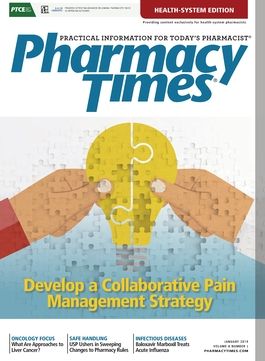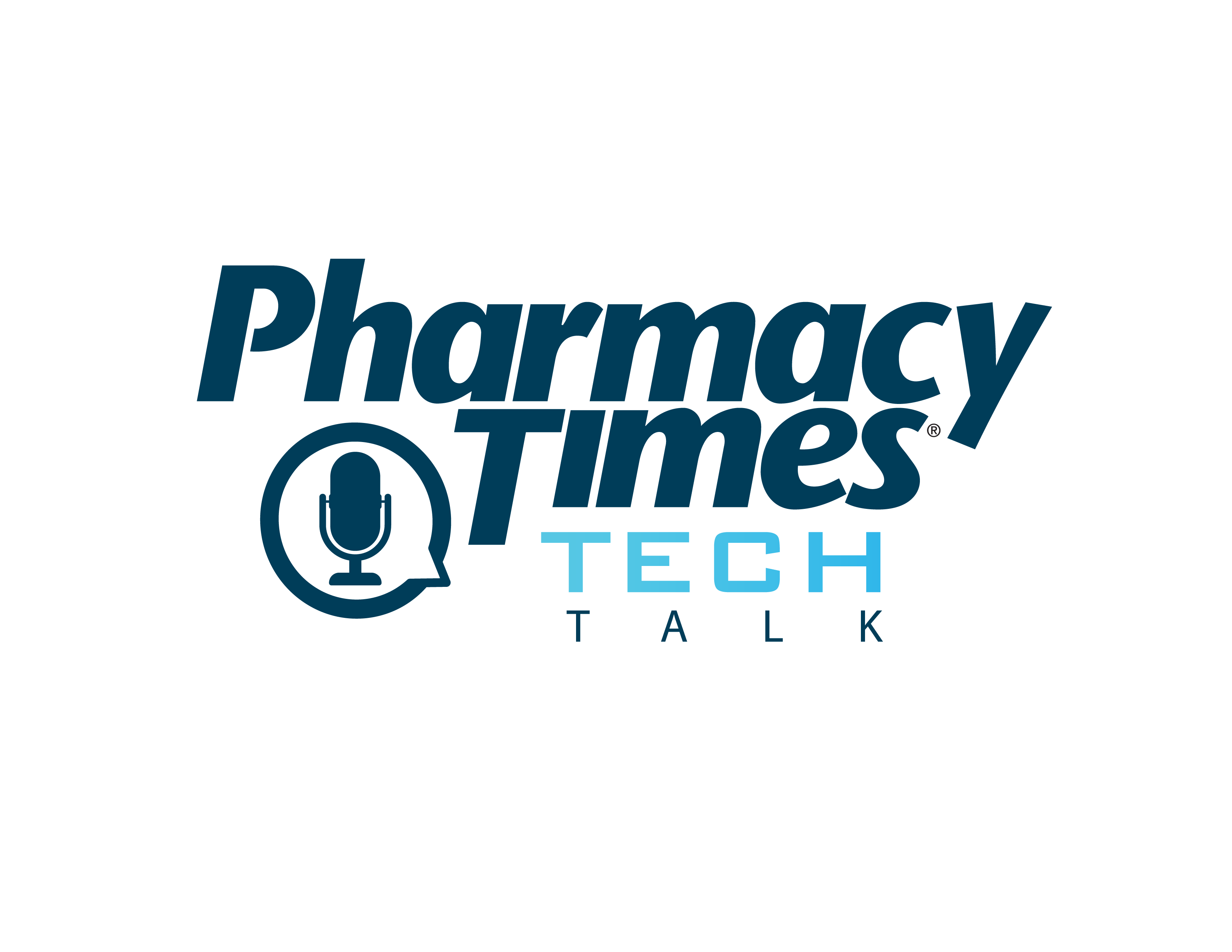Publication
Article
Pharmacy Practice in Focus: Health Systems
USP Ushers in Sweeping Changes to Rules for Hospital and Retail Pharmacies
Author(s):
Regardless of whether they suggested revisions to latest standards, they must prepare for new compounding regulations.
In spring 2018, the United States Pharmacopeia (USP) announced plans to revise general chapters <795> and <797>, which set standards for compounding nonsterile and sterile preparations. The goal was to better align these 2 chapters with USP <800> (“Hazardous Drugs — Handling in Healthcare Settings”), which was published in 2016 and goes into effect December 1, 2019.
The USP unveiled its proposed revision to <795> on March 30, 2018, with a public comment period that ended on July 31, 2018. The proposed revision for <797> followed on July 27, 2018, with a public comment period that closed on November 30, 2018. Whether feedback was submitted before the deadlines, facilities that perform nonsterile or sterile compounding must understand the proposed changes and determine the potential impact if they take effect. Below are revisions that merit attention.
USP <795> PHARMACEUTICAL COMPOUNDING — NONSTERILE PREPARATIONS
One of the most notable changes introduced in this chapter is a redefinition of what constitutes “nonsterile compounding.” This could mean that facilities that previously did not consider themselves to compound drugs would now be subject to USP <795> standards. The introduction to this chapter specifies that the practice of reconstituting a powder to make a suspension, although not considered compounding if dispensed immediately to a patient, will now represent nonsterile compound- ing if the suspension is stored for future use. This will have numerous ramifications for pharmacists and facilities that previously stored suspensions without having to operate by the guidelines set for compounding pharmacies.
Requirement for Dedicated Space
Section 4 of <795> expands upon a requirement that “compounding facilities must have a space that is specifically designated for compounding.” As written, this section is subject to interpretation because the USP provides no clear definition of what constitutes a “designated space,” only that such an area must be “separated from areas not directly related to compounding.” Although a simpler solution could be feasible, it is also possible that this revision mandates a separate room dedicated solely to nonsterile compounding. If facilities do not have such a room to spare, this could necessitate new and expensive construction.
Requirement for Dedicated Staff
Section 1 of <795> also newly states that any compounding facility must provide a staff member who is uniquely responsible for training on nonsterile compounding, assuring that competencies are done, record keeping, and conducting observational studies, among other duties. For smaller facilities, with a pharmacy staff of, say, 2 people, this new requirement could necessitate hiring new personnel or bringing in a third party for training, either of which would weigh on a facility’s budget.
USP <797> PHARMACEUTICAL COMPOUNDING — STERILE PREPARATIONS
This chapter also brings fundamental change to the medication compounding model. The previous version of <797> outlined 3 categories of compounded sterile products: low, medium and high risk. The proposed revision to <797> consolidates that into 2: categories 1 and 2. This shift is likely to have the greatest impact on facilities that were formerly classified as medium-risk compounders, which describes most hospitals in the United States. Many of these facilities will now graduate to a higher level of compounding risk in category 2 and, as such, will have a higher bar to clear to remain in compliance.
Among the new rules of which facility managers must be aware is a greater investment of time. Previously, mandatory checks, such as glove fingertip testing and media fill testing, were done annually, but <797> will now mandate that these be performed semi-annually. Those responsible for this quality assurance will now effectively have their workload doubled. In a midsize facility, with 25 employees, for example, the process, including testing mechanics, training, and visual observations, could be estimated to take 2 hours per employee. That represents an additional 50 hours of work, not to mention a doubling in the cost of supplies.
Similarly, the requirement for surface sampling, which is wiping surfaces in various compounding areas to test for bacterial contamination, is mandated to be done monthly in the new version of <797>. The previous version required that this testing need only be done “periodically,” with that term defined loosely. For most facilities, then, this redefinition will result in additional time requirements.
USP <797> also introduces a new definition of what constitutes compounding. In the case of a bag-and-vial system, in which a medication vial is attached, with adaptor, to the bag that it needs to be mixed in for infusion, if a nurse attaches the bag and vial, that is not regarded as compounding. However, if a batch of bags and vials are being attached within the pharmacy, to be put into different automated dispensing cabinets, that process is now considered “sterile compounding” and would need to be done inside an International Organization for Standardization Class 5 hood.
NEXT STEPS
Given the breadth of new likely requirements, it is incumbent on facility managers to assess their operations to determine what compliance issues might arise if USP <795> and <797> are implemented as written. In the case of <797>, they had an opportunity, before November 30, to write to the USP to request clarification or make a well-reasoned case for revisions to the chapter before it is formalized. In any case, this latest regulatory activity needs to be on the radar of any facilities that compound medication for patients.
Kenneth Maxik, MBA, MBB, FACHE, is the director of patient safety and compliance at CompleteRx in Lexington, Kentucky.







